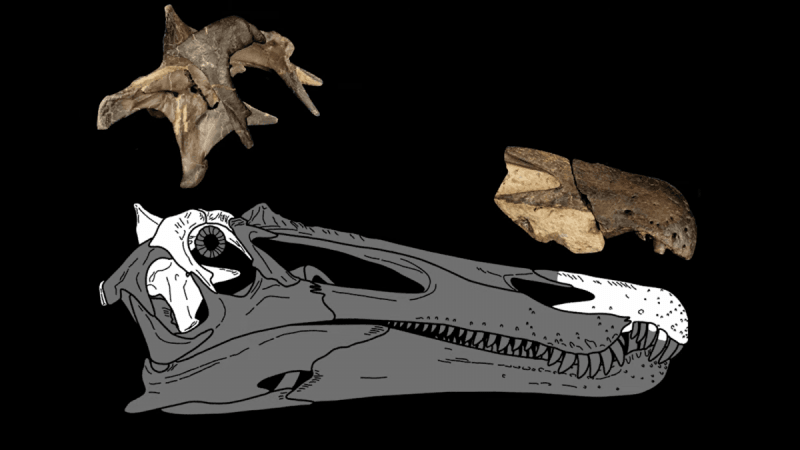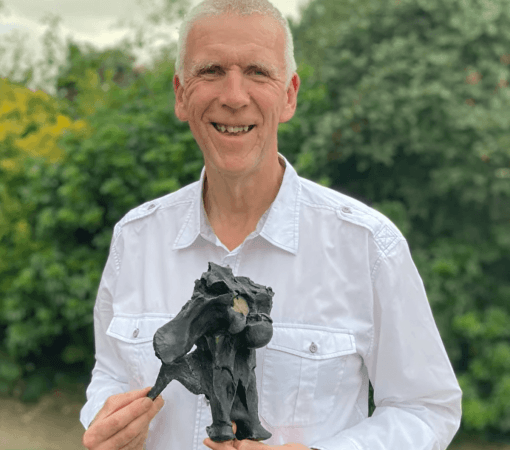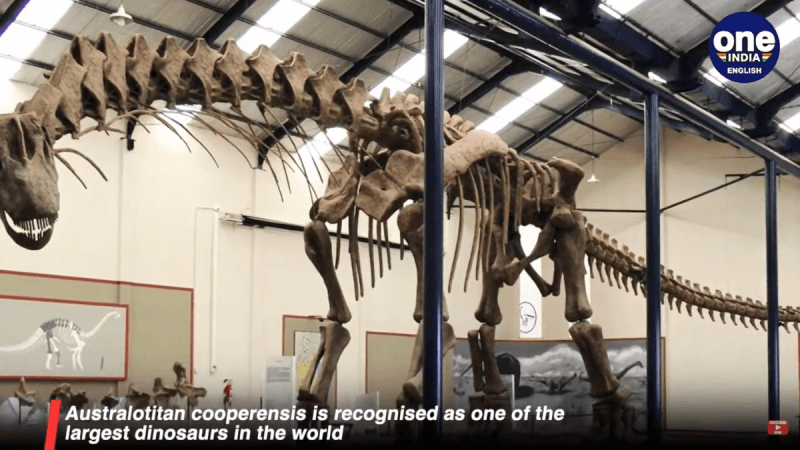According to a recent finding published in the journal 'Scientific Reports,' the bones discovered on the Isle of Wight belong to a previously undiscovered dinosaur species. It took many years to discover the collection of around 50 bones.
The University of Southampton palaeontologists studied the bones and determined that they belong to two new spinosaurid species, a type of carnivorous theropod dinosaurs closely linked to the enormous Spinosaurus.

The new discovery
The initial specimen was called Ceratosuchops inferodios, or "horned crocodile-faced hell heron". The predator's hunting technique is comparable to that of a heron, hence the name. The second was Riparovenator milnerae. It means "Milner's riverside hunter", after the late British palaeontologist Angela Milner.
Ceratosuchops and Riparovenator were estimated to be approximately nine meters in length, capable of snatching up creatures with their meter-long heads.
"The Isle of Wight spinosaurid dinosaur find was long overdue. Finding two Baryonyx-like dinosaurs in close proximity was a total surprise," said co-author Darren Naish, an expert on British theropod dinosaurs.

While the bones are incomplete, the researchers hypothesised that spinosaurids originated in Europe and then spread to Asia, Africa, and South America. The only previously found spinosaurid skeleton in the UK belongs to Baryonyx, was in 1983 in a Surrey quarry.
Brian Foster of Yorkshire, a fossil collector who made significant contributions to the discoveries and publishing, stated: "This is the most unusual and fascinating find I've found in over 30 years of fossil collecting."
"We recognized when the two specimens were found that this would be something uncommon and unusual," said Jeremy Lockwood, a bone collector from the Isle of Wight. Then, numerous collectors located and donated more pieces of this huge jigsaw puzzle to the museum."
The 50 bones will be displayed at Sandown's Dinosaur Isle Museum.
Other recent discoveries
Scientists from the Eromanga Natural History Museum and the Queensland Museum have published their findings in the Journal of Life and Environmental Sciences. In a ten-year examination of bones recovered in Australia, they identified a new dinosaur species. Additionally, their investigation discovered that the species would have been one of the largest dinosaurs.
Farmers discovered the bones 17 years ago. According to the researchers, the dinosaur was a plant-eating sauropod, a kind of dinosaur characterised by its enormous size. The team has given the new species the name "Cooper," a contraction of its scientific name. They claim it existed between 92 million and 96 million years ago during the Cretaceous era.

In northeastern Montana, this summer, another team of palaeontologists from the University of Washington and its Burke Museum of Natural History and Culture uncovered four dinosaurs.
Three of the four dinosaurs were discovered on BLM land leased to a farmer. The four dinosaur fossils are as follows: an ilium from an ostrich-sized theropod, a collective of meat-eating, two-legged dinosaurs that involves Tyrannosaurus rex and raptors; hips and legs from a duck-billed dinosaur; a pelvis, toe claw, and limbs of another theropod that could be a unique ostrich-mimic Anzu or a new species; and a Triceratop.
In a new study published in Royal Society Open Science, a research team led by the University of Tsukuba has described a new genus and species belonging to the Carcharodontosauria, a group of medium- to large-sized carnivorous dinosaurs that preceded the tyrannosauroids as apex predators.
Ulughbegsaurus uzbekistanensis, the newly discovered dinosaur, is believed to have weighed over 1000 kg and reached 7.5--8.0 metres in length, making it far larger than previously reported predators from the same deposit.

















